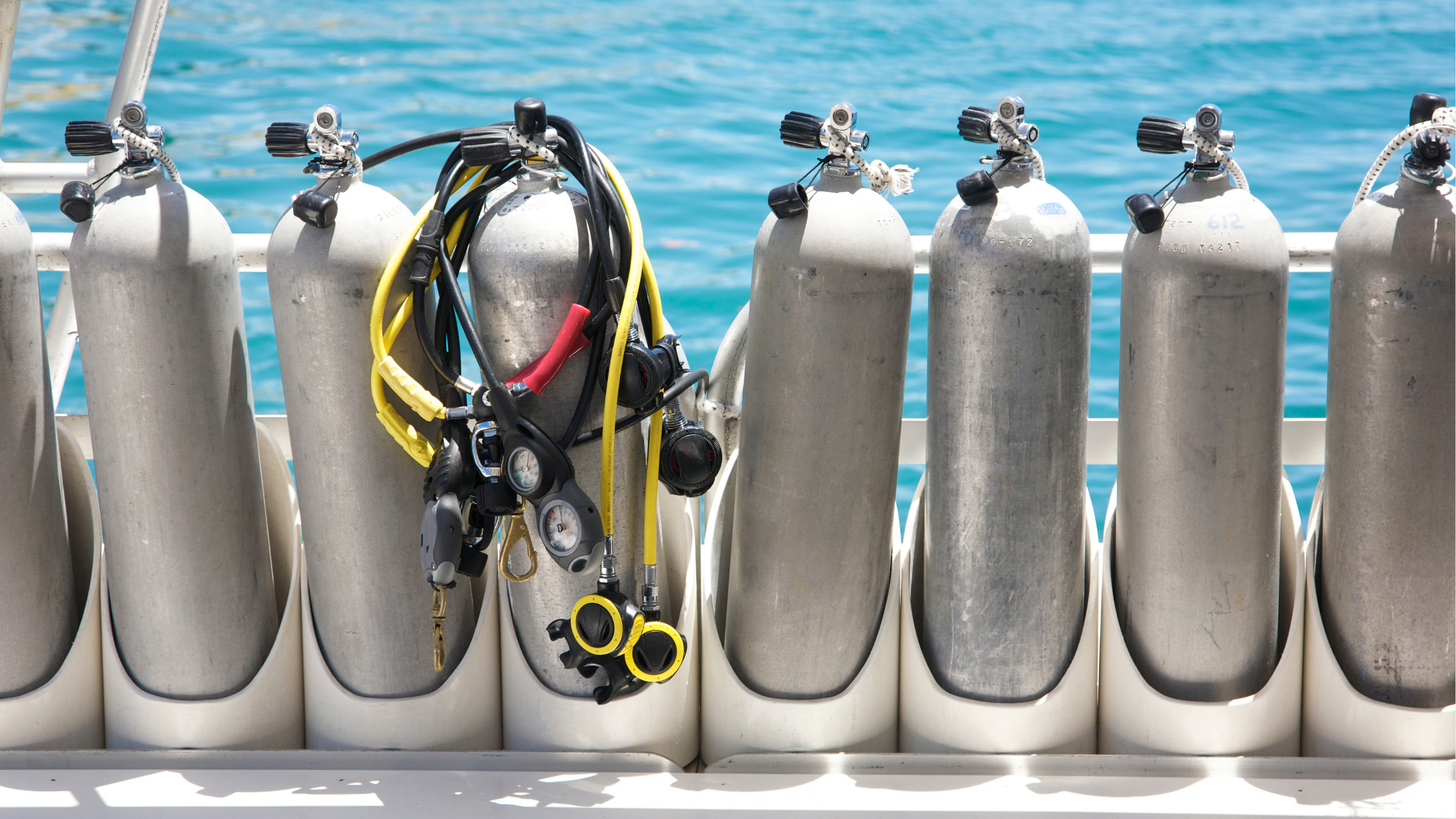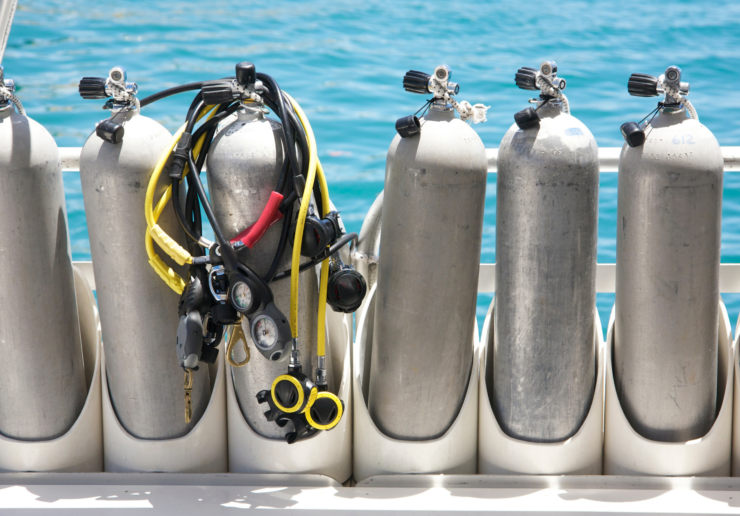
6061 aluminum is one of the most popular aluminum grades worldwide. Available from Kloeckner Metals in aluminum plate, aluminum bar, and aluminum tube, 6061 is frequently the preferred choice in a number of structural applications, boat building, and furniture and household items. Why does 6061 come up again and again in our conversations with customers? Here’s what you need to know about 6061 aluminum.
Kloeckner Metals is a full-line aluminum supplier and service center. Download our aluminum spec sheet and check what Kloeckner Metals routinely stocks.
6061 shows up frequently because of its versatility. With its mix of magnesium (0.8 – 1.2%) and silicon (0.4 – 0.8%), it has good strength, formability, weldability, machinability, and corrosion resistance. After heat treatment, its strength is equal to low carbon steel. Originally developed in 1935, it continues to show up today in a wide range of all-purpose applications. It’s frequently used in applications where welding or brazing is leveraged.
Kloeckner Metals supplies aluminum 6061 in plate, bar, & tube.
Of the heat-treatable alloys, 6061 aluminum plate is one of the more versatile and is commonly found in stairs, flooring, and ramps thanks to its combination of great corrosion resistance and high toughness.
6061 aluminum bar is known for its workability, strength, corrosion resistance, and joinability. While it’s not as machinable as bars in the 2000 series of aluminum, it is frequently used across a range of industries and applications.
6061 aluminum tube is highly versatile and typically found in marine, electronic, aerospace, machinery, and structural applications. With good strength-to-weight ratio, corrosion resistance that’s above average, good machinability, and excellent welding, 6061 tube stock is available in both full size and custom cut to length.
You’ll typically find 6061 in the following applications:
Sailboats, yachts, marine fittings & hardware
Truck and bus bodies, wheels and various transportation end uses, brake and hydraulic pistons
Aircraft structures and fittings
Railway car components
Furniture, awnings, moldings, appliance fittings
Food and beverage cans
In addition, 6061 fits its way into scuba tanks, pipe fittings, hinge pins, valve and valve parts, bike frames, fire ladders, bridge components, camera lens mounts, couplings, electrical fittings and connectors, magneto parks, structural framing, base plants, and gussets. Talk about versatility!
| Strength Psi | Elongation % | ||||
| Alloy & Temper | Ultimate | Yield Set 0.2% | 1/16″ | 1/2″ | Brinell Hardness |
| 6061-0 | 18,000 | 8,000 | 25 | 30 | 30 |
| 6061-T4 | 35,000 | 21,000 | 22 | 25 | 65 |
| 6061-T6 | 45,000 | 40,000 | 12 | 17 | 95 |
| 6061-T93 | 60,000 | ||||
| 6061-T94 | 54,000 | 47,000 | |||
| 6061-T913 | 68,000 | ||||
| ALCLAD | |||||
| 6061-0 | 17,000 | 7 000 | 25 | ||
| 6061-T4 | 33,000 | 19,000 | 22 | ||
| 6061-T6 | 42,000 | 37,000 | 12 | ||
Note: The above properties are typical. For min/max data by temper refer to Aluminum Standards and Data from the Aluminum Association.
| Welding | Outdoor Atmospheres | |||||||||
| Alloy | Forming (Sheet Only) | Machining | Resistance | Arc W/ Inert Gas | Brazing | Soldering | Rural | Industrial | Marine | Sea Water |
| 6061-0 | A | D | C | A | A | B | A | A | B | B |
| 6061-T6 | C | B | A | A | A | B | A | A | B | B |
Ratings A through E are ratings that are relative in decreasing order of merit. They are based on exposures to sodium chloride solution by immersion or intermittent spraying. You can use alloys in industrial and seacoast atmospheres without protection if they have ratings of A or B. You should protect alloys, at least on surfaces with joints, if they have C, D, or E ratings. This data was pulled from the 2013 Aluminum Standards & Data. For more information, please refer to documentation by the Aluminum Association
Aluminum 6061 can be heat treated to increase its strength and durability. It would be heated at 533°C (990°F) in a drop bottom furnace followed by water quenching. The quenched aluminum part—now in W condition—can be formed or straightened. If kept at room temperature for 96 hours, the aluminum will harden to the T4 temper, part of the way towards the hardest that the aluminum alloy can be. Or, the hardening process can be paused by placing the parts in a freezer.
Or, the aluminum can be precipitation hardened at 160°C (320°F) for 12-24 hours depending on the thickness and other factors, followed by cooling at room air temperature. This process can be repeated at 177°C (350°F) followed again by room air cooling. Following this aging, the parts are now in the T6 temper, the most common temper for aluminum. 6061 aluminum is common in heavy-duty structures, so the strength and formability of the T6 temper is crucial.
Yes! Aluminum 6061 can be formed easily and worked in the annealed condition. Typically, you can form it through bending, stamping, deep drawing, or spinning.
Aluminum 6061 can be welded as well and is considered to have excellent weldability. With thinner sections, the arc welding technique can be used with tungsten gas. Thicker sections can use gas metal arc welding. You can use 4043 filler wire, but it will affect the end properties of the T6 temper.
6061 T6 can lose much of its mechanical strength after welding. This is true of the common heat treatable base alloys. For example, while 6061-T6 normally has 45,000 Psi tensile strength, it drops to 27,000 PSI after welding. One way to resolve this is through heat treatment post-welding, but the response of the filler alloy needs to evaluated first.
In general, the strength of metals is determined by a combination of yield strength and tensile strength. While tensile strength measures how much the metal will stretch before it breaks, yield strength is the strength of the metal’s shape by measuring the point at which it deforms under stress. 6061 aluminum is considered to have medium to high strength.
6061 is part of the 6000 series of aluminum. Here is a full breakdown of 6061 aluminum’s chemical composition.
| Alloy | Si | Fe | Cu | Mn | Mg | Cr | Zn | Ti |
| 6061 | 0.40/0.80 | 0.70 | 0.15/0.40 | 0.15 | 0.8/1.2 | 0.15/0.35 | 0.25 | 0.15 |
Kloeckner Metals also stock 5052 aluminum and, as one of the most common grades of aluminum sheet, we frequently get asked about the difference between 6061 and 5052 aluminum. The main difference between 6061 and 5052 aluminum is that 6061 possesses higher strength than 5052 aluminum because it is a heat-treatable alloy. 6061 also known for its good formability, good weldability, and high resistance to stress. Because it is stronger but less formable, you’ll see 6061 in more engineering and structural applications. Depending on your needs, we may recommend one or the other to you.
Kloeckner Metals is a full-line aluminum supplier and service center. Kloeckner Metals combines a national footprint with the latest fabrication and processing technologies and most innovative customer service solutions.

Steel base plates are fundamental elements employed in various manufacturing...
Metal fabrication is a critical process that transforms raw metal...
The solar industry has undergone a significant transformation by incorporating...

X
The Kloeckner Metals website uses modern technologies. Unfortunately, your browser doesn't support those technologies.
Download the latest version of one of these browsers to experience the site: